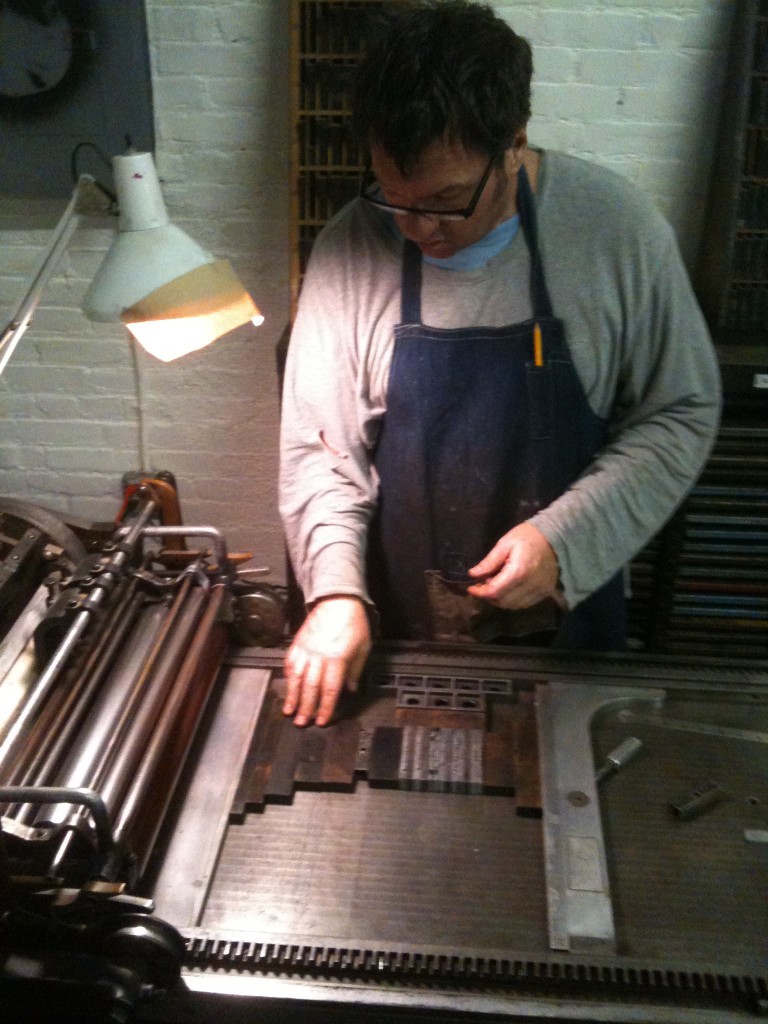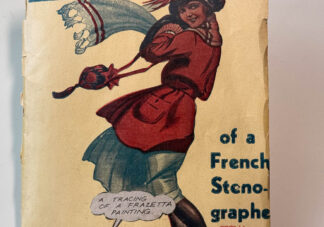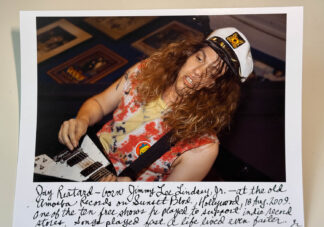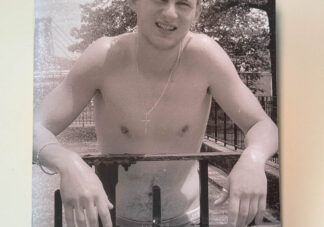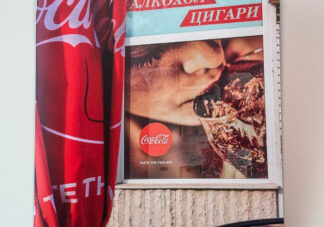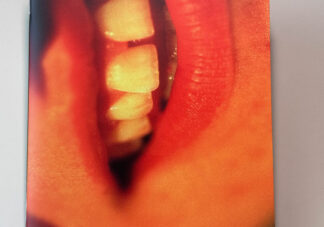It would be tough to accurately describe Charles Plymell’s importance to the Beat Generation, as well as to little magazines and small press publishing. He lived with Allen Ginsberg and Neal Cassady in San Francisco in the early 1960s. It’s not enough to say he admired and was influenced by the Beats — his best work stands right alongside that of his contemporaries: Kerouac, Ginsberg, Burroughs, and Corso.
Plymell’s work has been published in numerous places, from well-known Beat journals to Ferlinghetti’s City Lights Books imprint. As an editor and publisher, he has, in turn, published many Beat figures, including those mentioned here, as well as many who aren’t: Herbert Huncke, Gerald Malanga, and Roxie Powell; Plymell publications are too many to name here; The Cold Spring Journal and NOW are the first two that popped into mind.
Charlie also printed R. Crumb’s first Zap.
In an interview with Jon Randall, Plymell says the best scene he ever experienced was “in the 50’s high on Oxy and/or Bennies wailin’ in the clubs around K.C., Wichita’s ‘Colored Town’ or Oklahoma City. Driving the old Route 66. As whites, we could go into clubs with musician friends and talk and visit with artists like Fats Domino, Wilson Pickett, or even Charlie Parker, if we were lucky. Everyone was accessible because they weren’t that famous and if you were cool and had a little booze or reef or bennies, you could really be happy. To put it in chronological order, this was before an old hipster by the name of Herbert Huncke hitch-hiked out of Chicago and happen to say, ‘Man, I’m beat’ to the Columbia student, Allen Ginsberg, so at that time, I knew nothing of The Beats.
The second big scene for me happened when I moved to Ashbury St. in S.F. in ’62 and met some of the old poetry people around the Auerhahn Press which was interesting but very tame, somewhat like the old bohemian scene around City Lights Books. Those were the old canons, the intellectual progeny of the literary 1920’s. They were not ready for what was about to happen. Rexroth saw it coming and used to comment on what was going on, when I would visit him at his flat off the Filmore. I was dancing in the Haight-Ashbury completely out of my head on LSD and weed — no ‘hippies’ yet. We called them ‘heads’. ‘Did you see how many heads there were on the streets tonight?’ we would say. This was before Ginsberg, Ferlinghetti, Rexroth or any of the old beats were aware of what was happening.
Cassady was running around. I met him in North Beach late ’62 or early ’63. McClure dropped by Glenn Todd and Justin Hein’s place to see what was going on with the LSD. Bruce Conner had come back from Mexico with a suitcase full of marbles. We had Sandoz LSD. It wasn’t called acid then and wasn’t like what you got afterwards. (Except for Owsley). We worked up a rock ‘n roll ritual dancing to Ray Charles and then joined hands and really stepped into another world.”
Plymell’s synaesthesia press chapbook, Journals From Lysidia, is an excerpt from the Waterrow Press publication Hand on The Doorknob — The Charles Plymell Reader; in fact, Jeff Weinberg played a major role in getting Journals From Lysidia published and out there, too.



